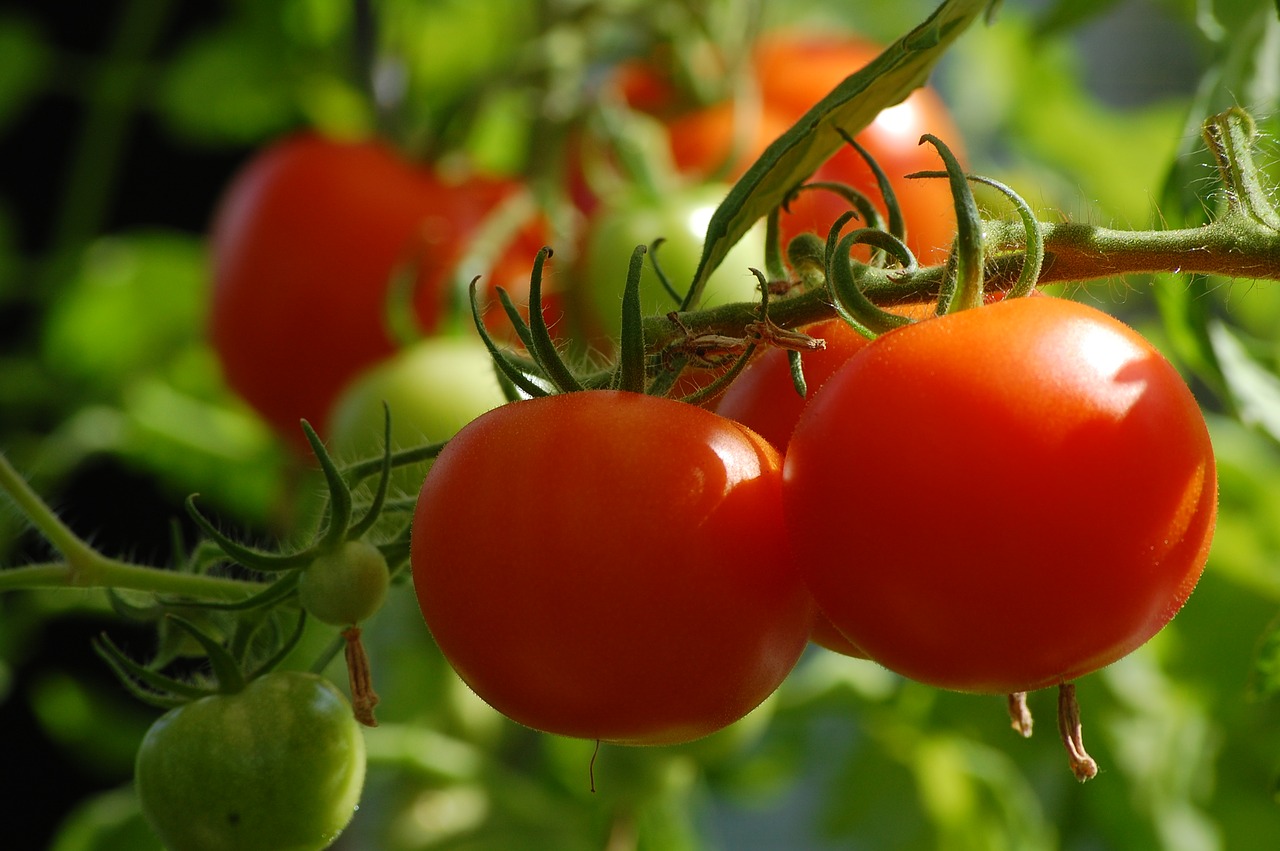Count your vegetables

Vegetables are interesting but lack a sense of purpose when unaccompanied by a good cut of meat.
Fran Lebowitz
While many of us aren’t aware, there are quite a few carbs in vegetables. At least if you’re on a low-carb diet. When I was first sent home with an insulin kit and the quick guide to diabetes, no one told me to count the carbs in vegetables. Well, unless it was carrot, onion, beetroot, or sweetcorn. The first three have roughly 10g of carbs/100g. Sweet corn is a little carb bomb at 20g/100g. I guess the clue is in the name.
They forgot to mention tomatoes. According to google, tomatoes have only 4g of carbs/100g. That is far from accurate. Anyone who’s ever had tomatoes off the vine knows that they can be incredibly sweet. Tomatoes are classified as fruit and can spike blood sugar, so you need to be a bit careful with them.
The longer time passes after you pick your vegetables, the more of their sweetness they lose. I read somewhere that just in the first couple of hours they lose 25 percent. I’m not sure it makes sense when I think about it. Where does all the sweetness go? Does it just evaporate?
A lot of the carbs in vegetables are branch-chained, which means they won’t enter your blood as quickly as pure sugar. They will however turn to glucose, so you need to count them and take insulin. If you’re having a stir-fry or a large salad all those vegetables will add up. For some numbers – broccoli (7g/100g), cauliflower (5g/100g), bean sprouts (2g/100g), olives (6g/100g), cucumber (4g/100g), radishes (4g/100g), pumpkin (7g/100g), zucchini (3g/100g). All these are tasty vegetables that you can eat on the keto-diet without spiking your blood sugar. I’ve been experimenting a lot with zoodles and roasted pumpkin, two of my favorites.
In comparison, fruits are carbier – apples (14g/100g), oranges (12g/100g), kiwi (15g/100g), pineapple (15g/100g), so on the keto-diet, you need to have smaller amounts or cut them out altogether.
Keep in mind that carb counting is not accurate science. Fruit and vegetables are often off by as much as 50 percent. That means your 100g of onion might not be ten but fifteen carbs. Smaller numbers always make for smaller errors when you’re injecting insulin. And whatever you do, don’t forget to count your vegetables.
Edit: I looked up how vegetables lose their sweetness. The process is called respiration. And yes, nutrients do evaporate together with water. Warm dry air speeds up the process, which is why you want to keep your vegetables stored in a cool place.
Image by Axel Mellin from Pixabay